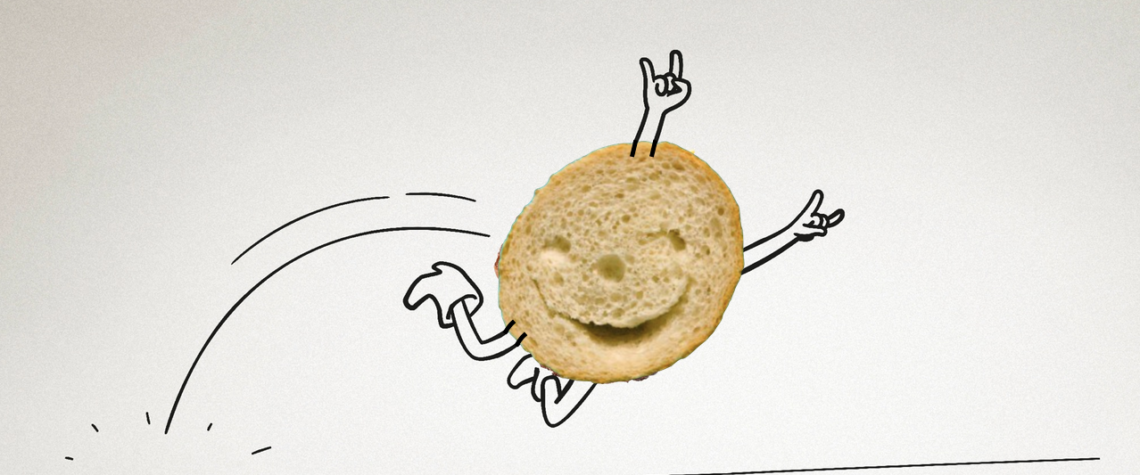The Bad Boys of Nutrition – Whats Up with Gluten
Gluten refers to the proteins in cereal grains, such as wheat, barley and rye. Gluten is found in the endosperm (a type of tissue produced in seeds that are ground to make flour) and nourishes plant embryos during germination. Later on, gluten affects the elasticity of dough, acting as a glue to hold the food together, which in turn affects the chewiness of baked products.
Gluten is a mixture of hundreds of distinct proteins within the same family, although it is primarily made up of two different classes of proteins: gliadin, which gives bread the ability to rise during baking, and glutenin, which is responsible for dough’s elasticity.
Not all grains contain gluten. Some examples of gluten-free grains are sorghum, millet, brown rice, buckwheat, wild rice, amaranth, quinoa, corn (polenta) and teff. Oats are also gluten-free, but can be contaminated during processing, said Lori Chong, a registered dietitian.
Full Article from Live Science: https://www.livescience.com/53265-what-is-gluten.html
Lets take a minute to discuss the health Bad Boys of Rock-in-Roll for 2016 and 2017 – Gluten. You end up going to one of their concert with your friends, having the best time ever and then spend the whole next day loathing with regret next to the toilet. Was it worth it? Not for the people who truly suffer a sensitivity but all the others who are just following the fad, sure why not.
So whats the deal with these egotistical Rock Stars(Gluten) who keep putting out jam after jam (Bread, cookies, pretzels, you name it). Gluten is actually a collective group of a proteins that are found in bread, they’ve been around and heavily consumed by the human race for hundreds of years. As we( Americans) look for more and more foods to wage war on we’ve began to protest these rock star proteins on a premises that one Commander and Chief may point out as “Fake News”.
A person has a sensitivity when these bad boys (Gluten Proteins) make there way to you gut to be absorbed, utilized by our friendly bacteria or passed through. The havoc begins when these proteins begin to infiltrate the gut wall, here they are stopped by the white blood cells of the immune system and questioned. For people who have a gluten sensitivity, the immune system gets serious bad vibes from these proteins and decides to bring in some backup. Here is where a persons particular level of sensitivity comes into play, a person who has no sensitivity is able to absorb the protein and be on with the day. At the other side of the spectrum, a person with the highest level of sensitivity (Cealic Disease) will have a full out immune system response. Their immune system see’s gluten as a foreign invader and begins to attack the Gluten proteins, unfortunately for people with Cealic Disease the immune response continues to attack their own gut wall making it fit into the autoimmune disease(when the body attacks good cells by mistake)category. This immune response triggers the phrase that we never want to hear – Chronic inflammation. Short and simple, this is when your body’s immune system is in constant fight mode, this is the underlying cause of everything in a personal health perspective.
Those are the two extremes, many people may fall somewhere in the middle with their relationship with gluten. If your not sure try cutting it our for two weeks and really pay attention to you body’s response. Slowly add the gluten containing foods back into your diets and take notice on how your body reacts. There is a good chance that you would of realized if gluten was a major issue for you by now but as food continues to be genetically modified and processed differently, probabilities increase that something can throw your body out of wack.
Here’s a gluten and gluten free food’s for your reference:
Don’t just go gluten free to go gluten free. If you love the music a Bands putting out and your not waking up in an alleyway every morning after their concerts its OK to keep listening to them. Rock On.




